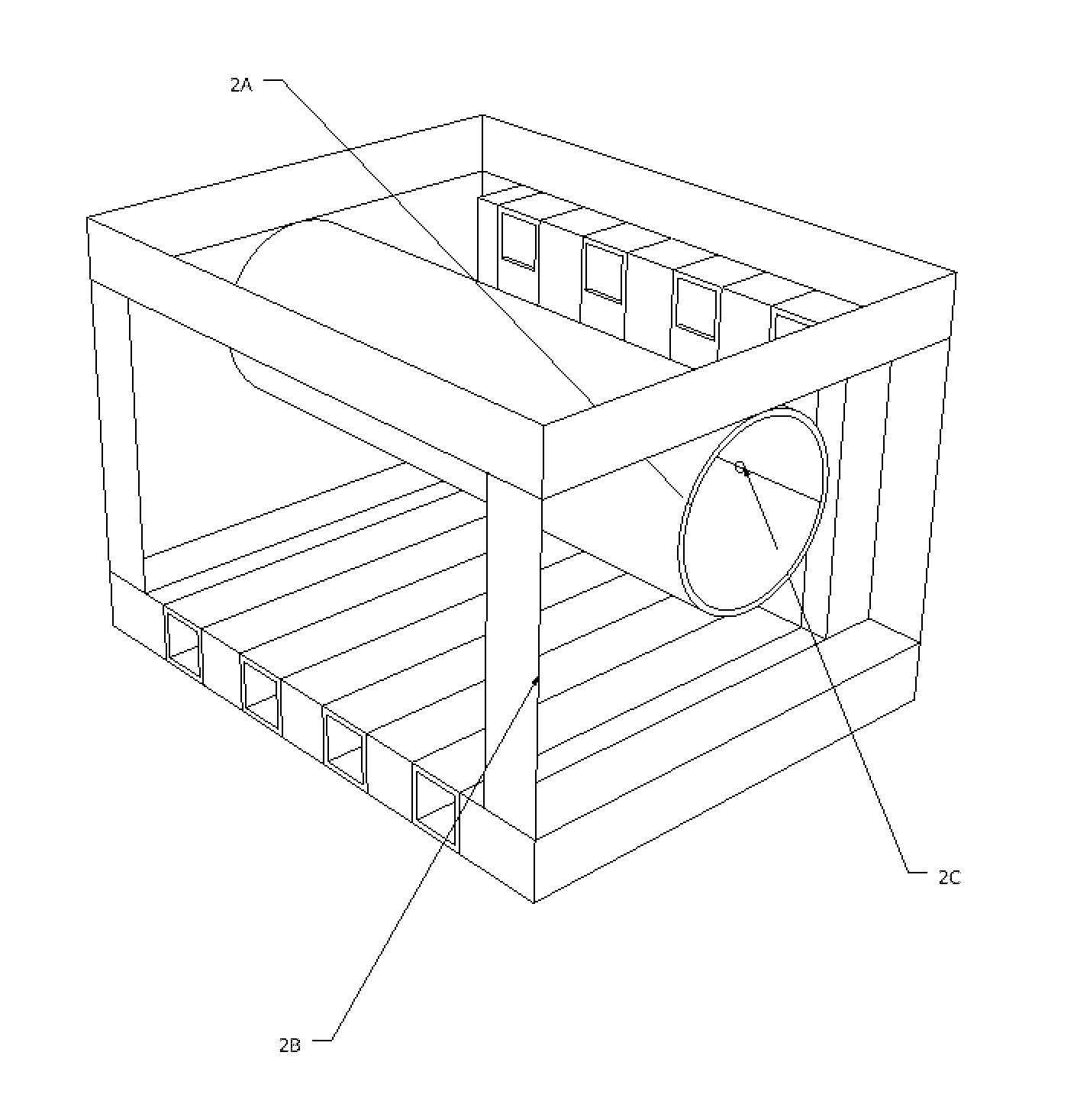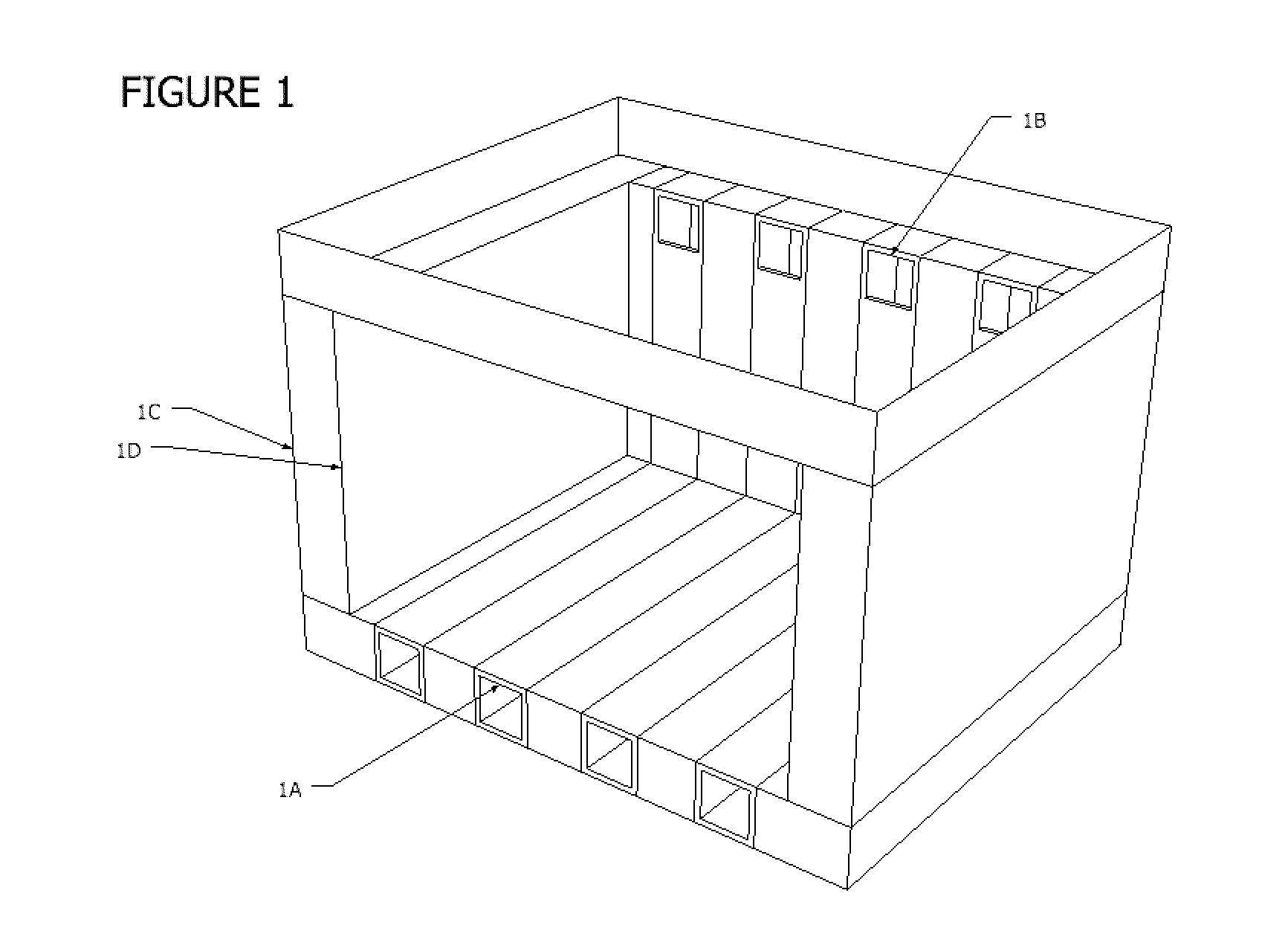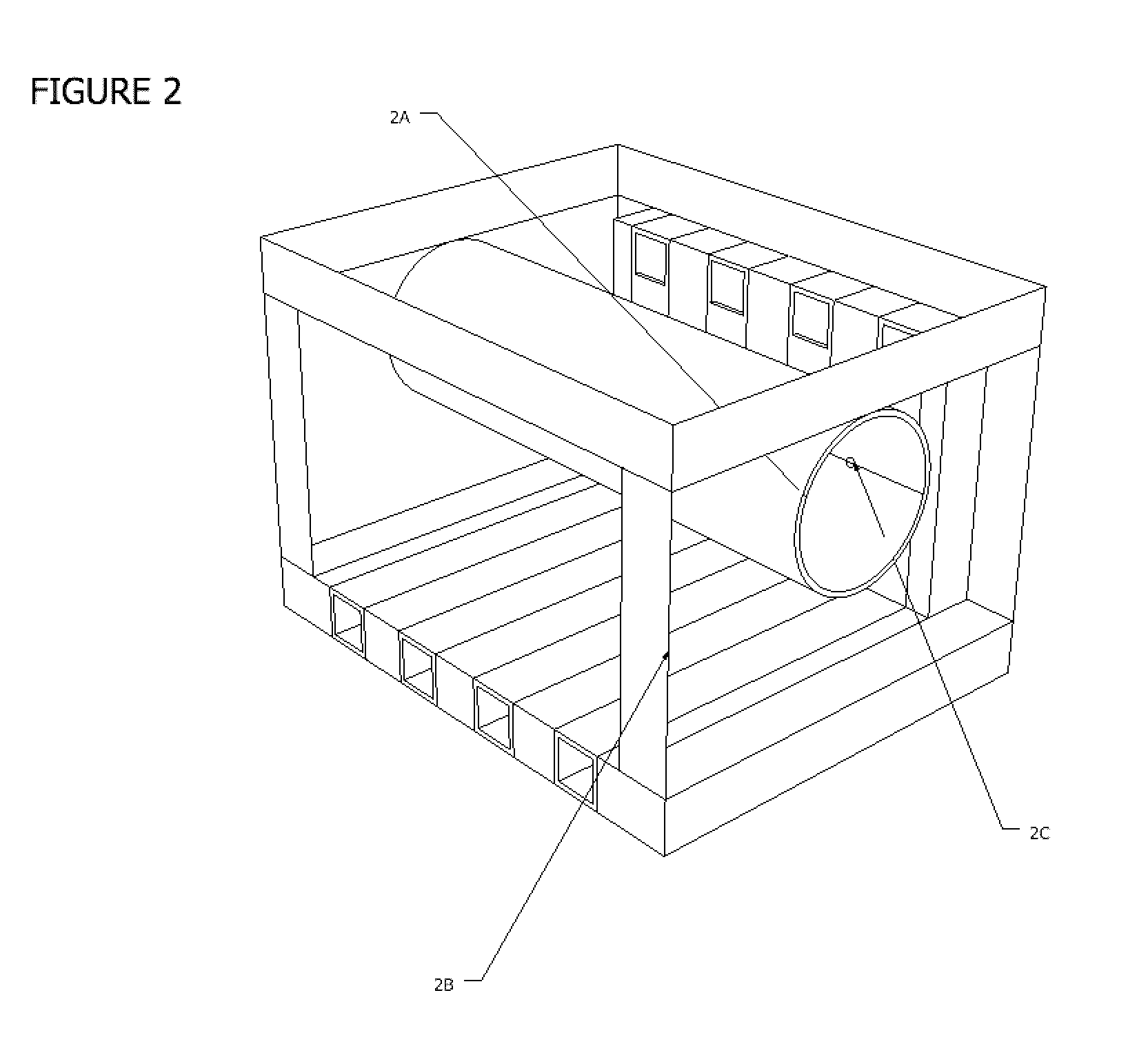Biochar retort kiln
a biochar and retort technology, applied in biofuels, fuels, waste based fuels, etc., can solve the problems of charcoal production, large energy input for charcoal production, and wood decomposition,
- Summary
- Abstract
- Description
- Claims
- Application Information
AI Technical Summary
Benefits of technology
Problems solved by technology
Method used
Image
Examples
Embodiment Construction
[0019]In the following description, certain specific details are set forth in order to provide a thorough understanding of various embodiments of the invention. However, one skilled in the art will understand that the invention may be practiced without these details or with various combinations of these details. In other instances, well-known systems and methods associated with, but not necessarily limited to, biochar retort kilns, charcoal retorts and methods for operating the same may not be shown or described in detail to avoid unnecessarily obscuring descriptions of the embodiments of the invention.
[0020]The charcoal retort is an elementary apparatus for producing charcoal. It is a heated chamber deprived of oxygen in which biomass is pyrolyzed. There are many dozens of variations on this concept, differing as to methods for providing the heat to the retort chamber, the means for loading and unloading the biomass, fabrication materials, scale, complexity, etc. In general, these ...
PUM
| Property | Measurement | Unit |
|---|---|---|
| temperatures | aaaaa | aaaaa |
| temperature | aaaaa | aaaaa |
| durable | aaaaa | aaaaa |
Abstract
Description
Claims
Application Information
 Login to View More
Login to View More - R&D
- Intellectual Property
- Life Sciences
- Materials
- Tech Scout
- Unparalleled Data Quality
- Higher Quality Content
- 60% Fewer Hallucinations
Browse by: Latest US Patents, China's latest patents, Technical Efficacy Thesaurus, Application Domain, Technology Topic, Popular Technical Reports.
© 2025 PatSnap. All rights reserved.Legal|Privacy policy|Modern Slavery Act Transparency Statement|Sitemap|About US| Contact US: help@patsnap.com



